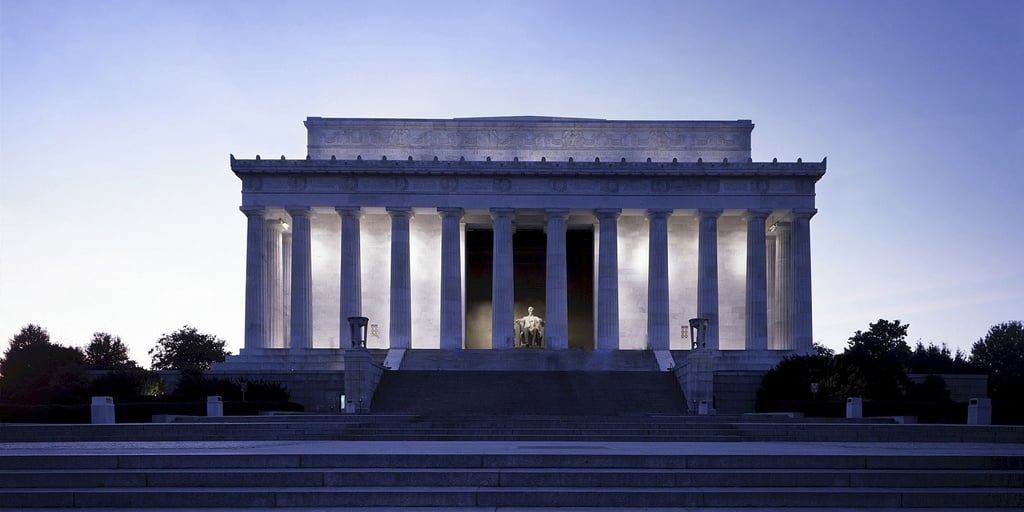Just as America is a “melting pot” of culture, its architecture is an international blend as well. A good example is our nation’s capital. A “planned community” designed by Pierre Charles L’Enfant, Washington, D.C., reflects the influences of Egypt, classical Greece and Rome, medieval Europe, 19th century France, and others. This article will highlight three examples of classical Greek and Roman influences.
Roman architecture was unlike that of preceding civilizations. The grandeur of Greek, Persian, Egyptian, and Etruscan structures was mostly external. The intent was for the buildings to be impressive from outside. These cultures relied on a post and lintel system that used two upright posts, like columns, with a horizontal block, known as a lintel, across the top. Since lintels are heavy, much of the interior space had to be used to support the heavy columns.
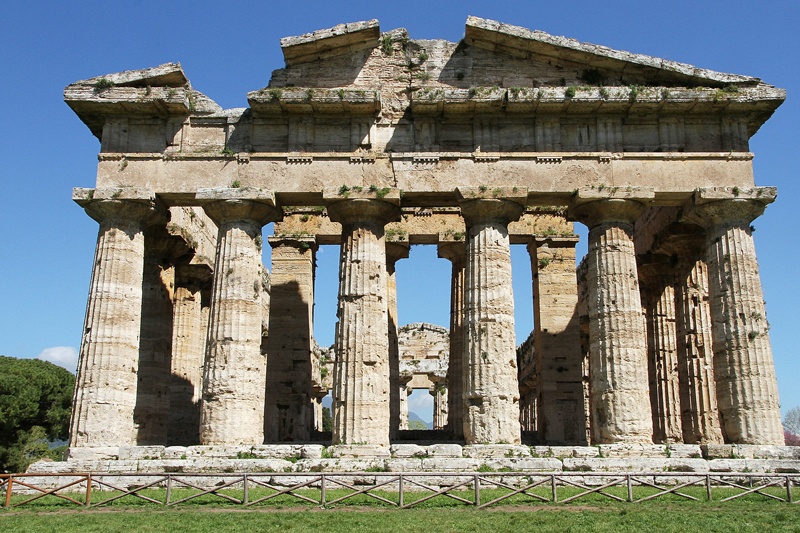
Temple at Paestum Circa 460 BCE Image via Flickr by Claude Valette
The fundamental difference between structures like the Paestum and Roman buildings was the discovery of concrete arches and vaulting. From the first century A.D., Romans created decorative interiors theretofore unknown. These discoveries meant that builders were now “free” to transform the interior space, rather than having to allocate much of it to structural support. As a result, the inside of Roman buildings became as impressive as the exteriors.The Pantheon is a prime example.
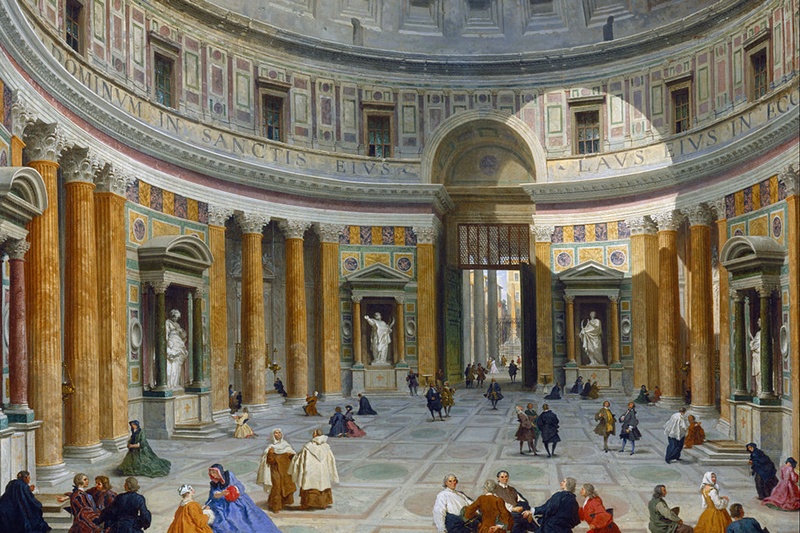
Pantheon, Rome, Circa 125 BCE Image via Wikimedia Commons
This article will highlight three examples of the influences Greek and Roman architecture on Washington, D.C., buildings.
Union Station
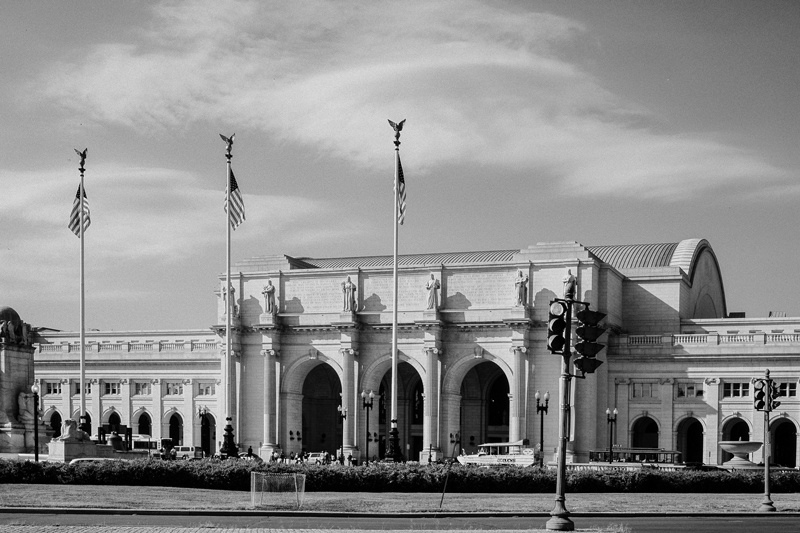
Union Station Exterior, Washington, D.C Image via Flickr by tchamber236
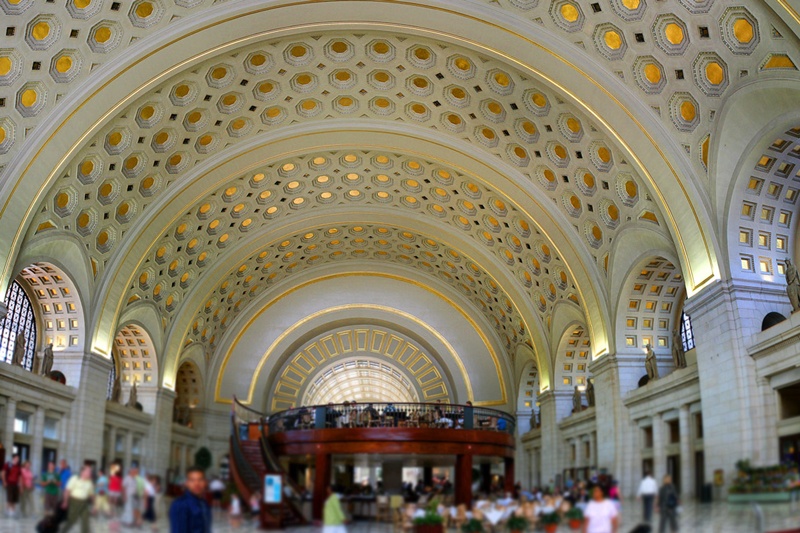
Union Station Interior, Washington, D.C. Image via Wikimedia Commons
Architect, Daniel Burnham, modeled the iconic 1907 Washington, D.C., Union Station after buildings in ancient Rome with elaborate sculptures, ionic columns, gold leaf, and large marble corridors. Like many train stations in Europe of the 1800s, large arches were common entryways. Burnham’s “muse” for the arches at Union Station was the Arch of Constantine, and for the grand vaulted spaces, the Baths of Diocletian. Near the entrance, Louis St. Gaudens, designer of the St. Gaudens $20 gold coin, created six massive columns known as, “The Progress of Railroading.” Each column represents an ancient mythical god, creature or noted thinker whose early ideas inspired the construction and progress of railroads; Prometheus (fire), Thales (electricity), Themis (freedom and justice), Apollo (imagination and inspiration), Ceres (agriculture), and Archimedes (mechanics.).
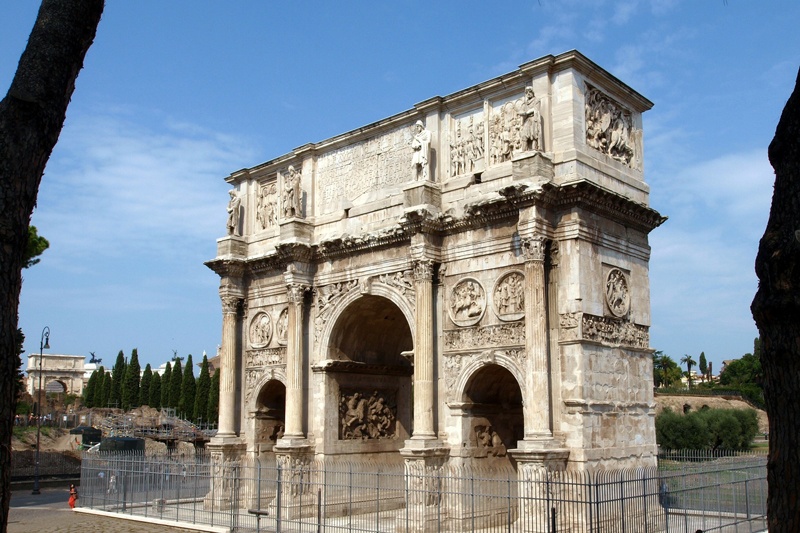
Arch of Constantine, Rome Image via Pixabay
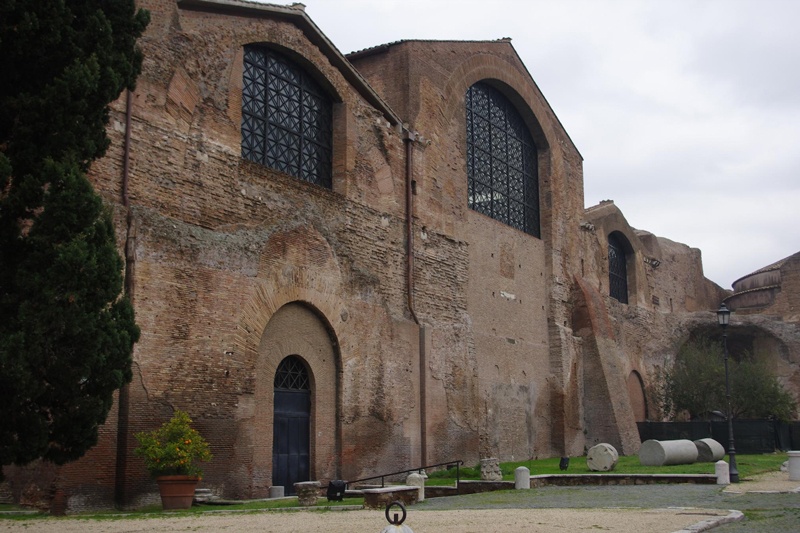
Baths of Diocletian, Rome Image via Flickr by David Bramhall
U.S. Capitol
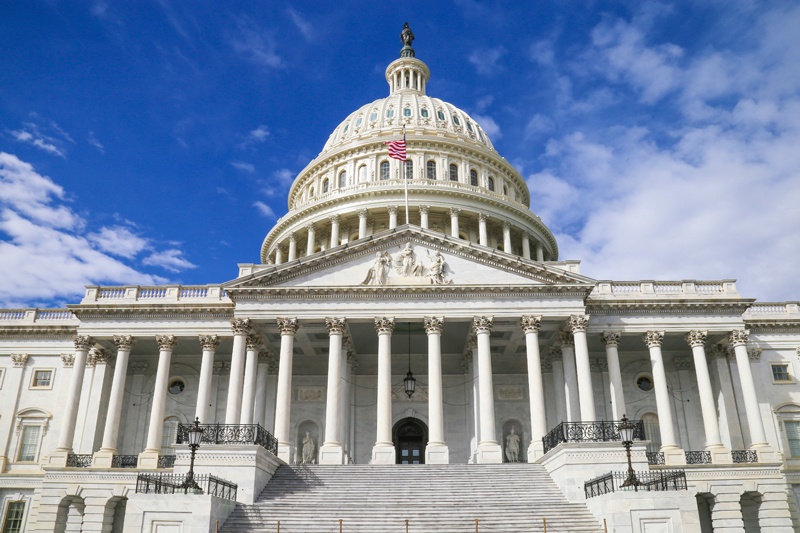
Dome, U.S. Capitol Image via Unsplash
The overall design of the Capitol Building is neo-classical, an architectural style that sought to evoke the main Enlightenment values of reason, order, and democracy. An ardent proponent of the neo-classical style, Thomas Jefferson thought that the Capitol Building would become the first “temple” dedicated to the sovereignty of the people. After L’Enfant was dismissed from the Capital Building project because of his stubborn resistance to authority, Jefferson proposed a competition for the Capitol’s design that William Thornton, an amateur architect, won. While the overall design is neo-classical, the central dome reflects Jefferson’s preference is reminiscent of the dome on the Pantheon in Rome. Jefferson, in fact, had designed the Virginia state Capitol Building with a dome also inspired by a Roman temple.
The Lincoln Memorial
Architect, Henry Bacon, designed the Lincoln Memorial after the Acropolis in Greece. Bacon’s notion was to use a great building from the birthplace of democracy as a fitting tribute to one who defended it. The final design included thirty-six exterior columns to symbolize the number of “reunited” states in the union at the time of Lincoln’s death in 1865. The names of the states appear above the columns. The Memorial’s interior is a three-chamber design. The central chamber features the statue of the president, and the flanking chambers commemorate two of Lincoln’s most famous speeches – the Gettysburg Address and the Second Inaugural Address.
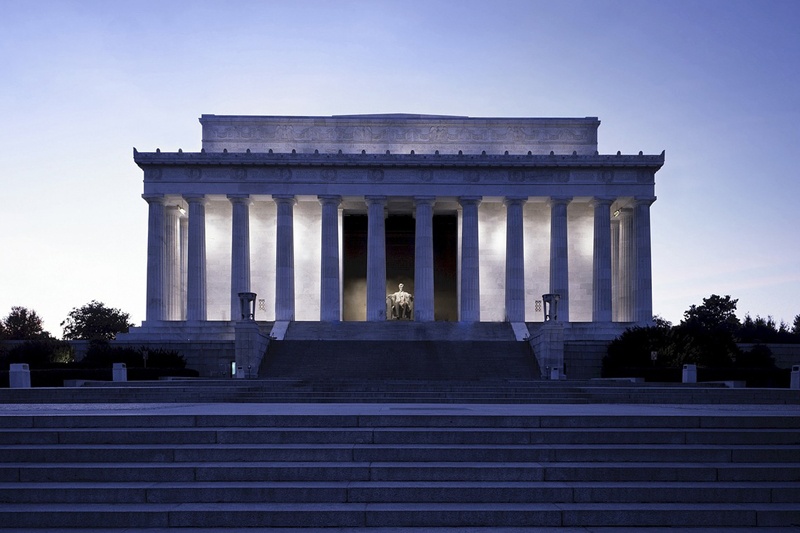
Lincoln Memorial, Washington, D.C. Image via Pixabay
The similarities to the Acropolis are striking, including the post and lintel construction and relatively austere interior.
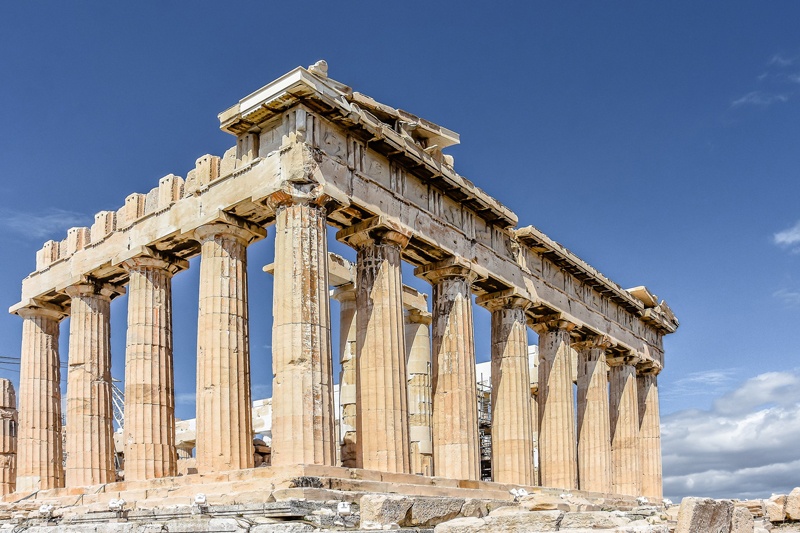
The Acropolis, Greece Image via Pixabay
Washington D.C. continues to grow and evolve and the architecture of the city will undoubtedly evolve with it, but its Greek and Roman influences will endure long into the future.


